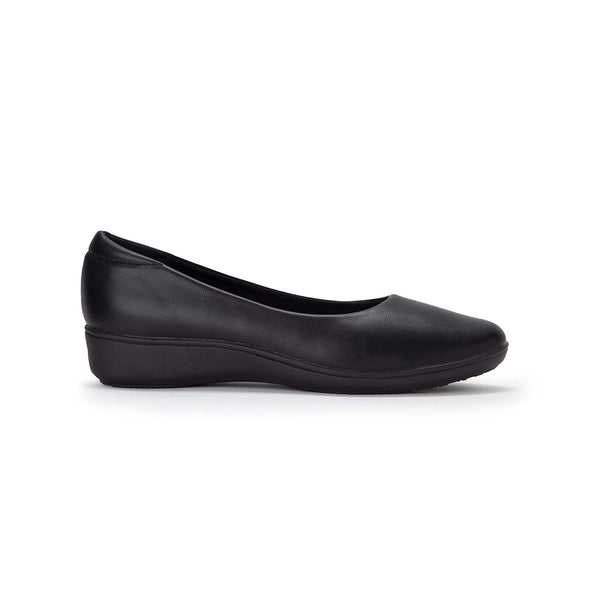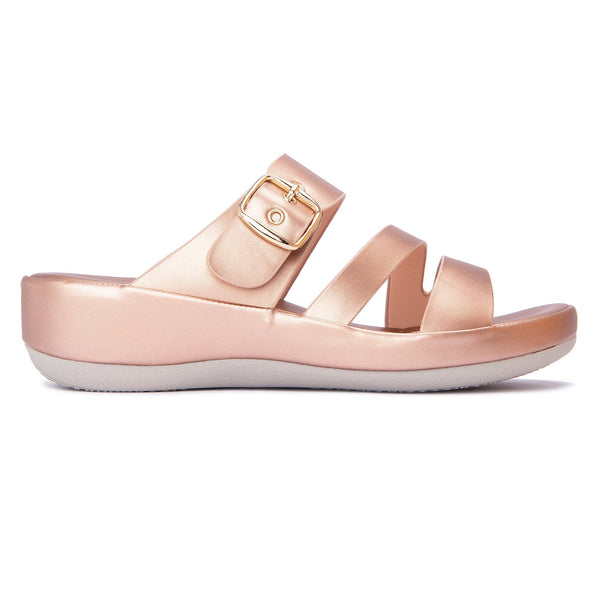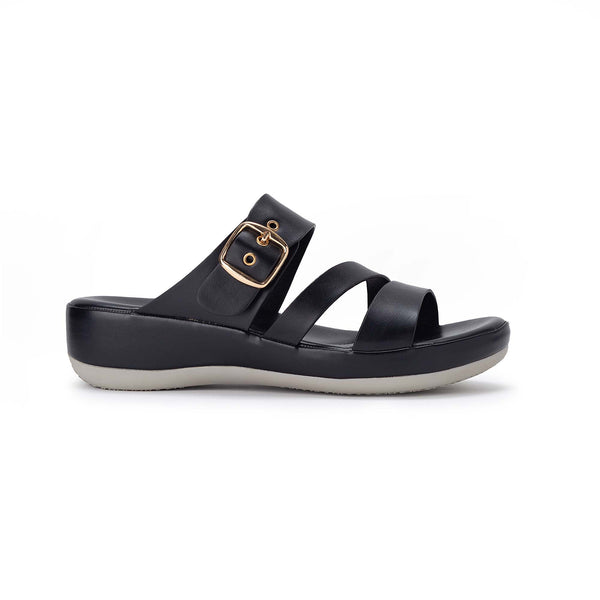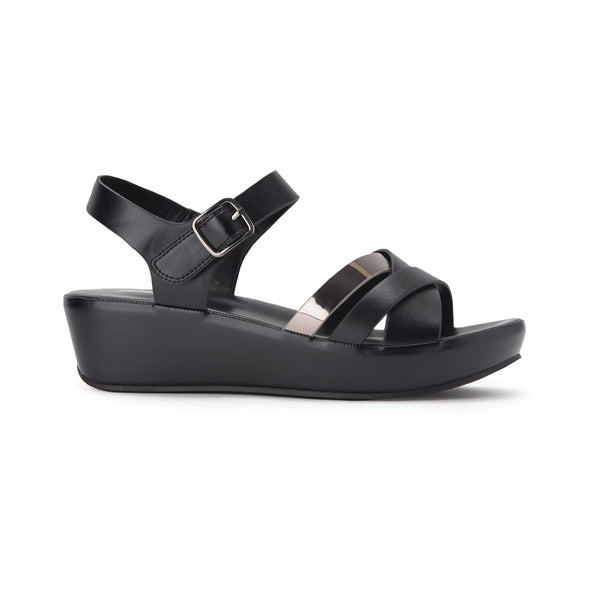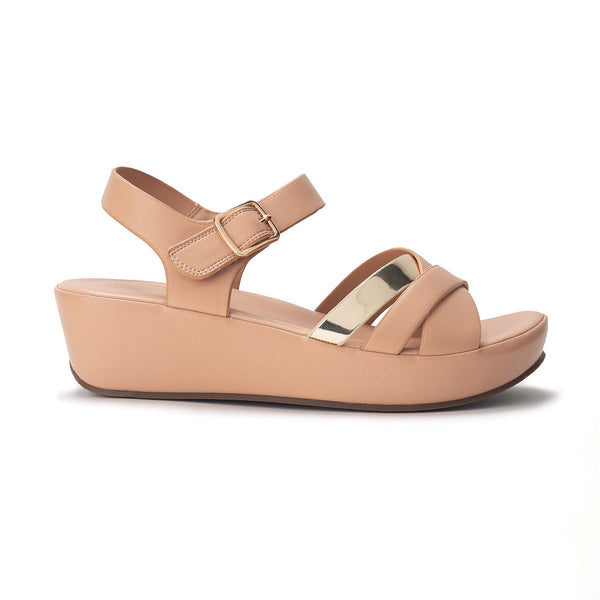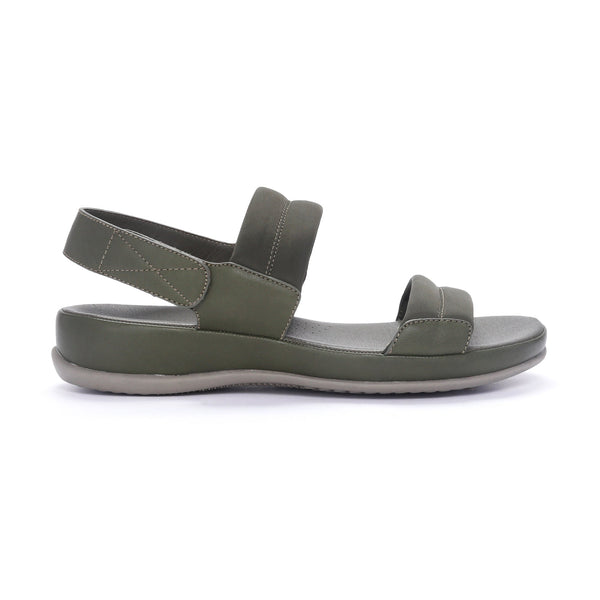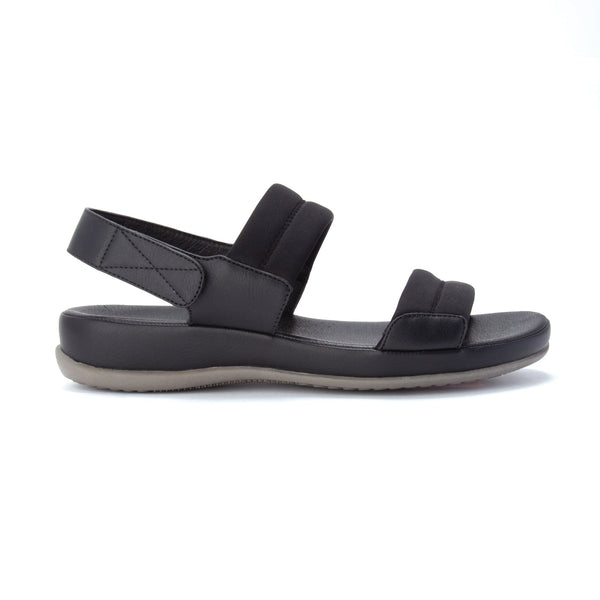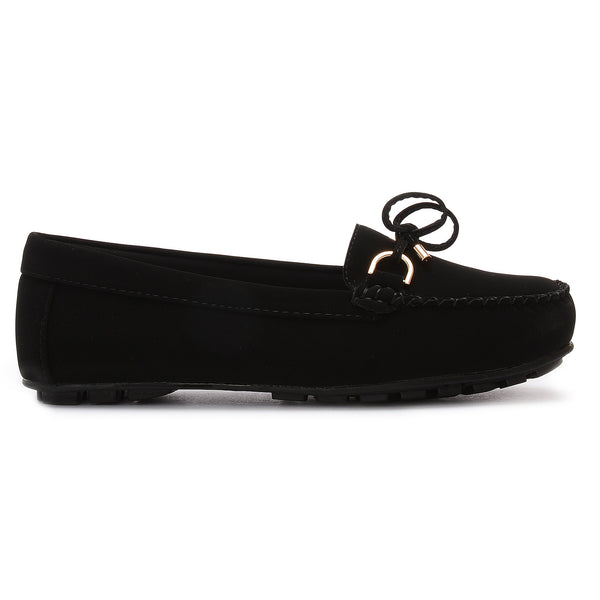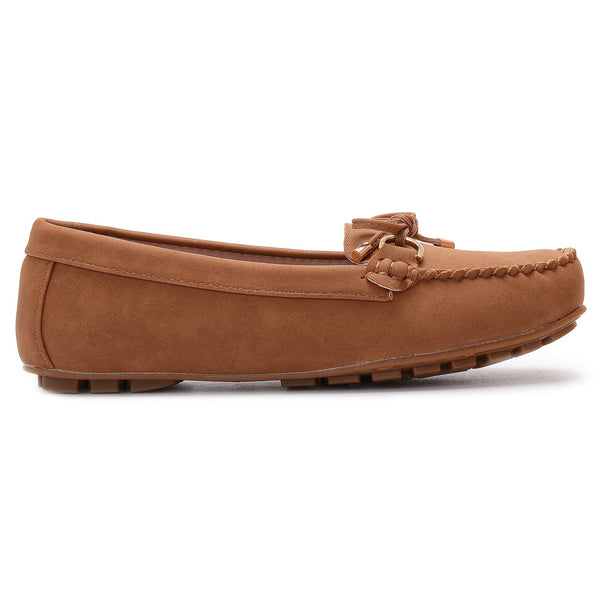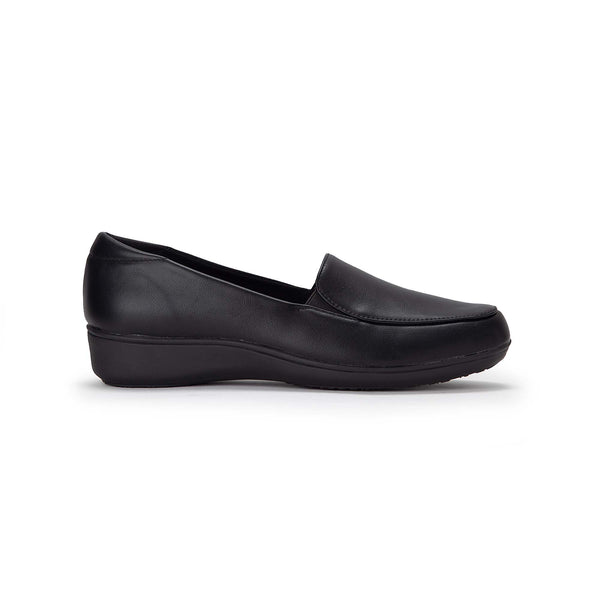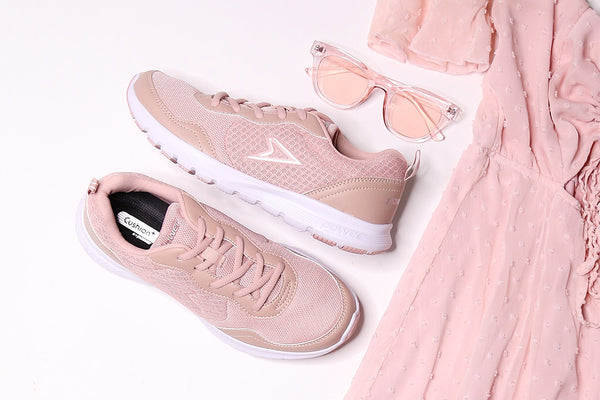
Never Confuse an Oxford and a Derby Again
When you love shoe fashion as much as we do, every little detail matters. Unravelling the history of our favourite styles and trendy shoes is not only fascinating, but it provides us with a deeper appreciation for the craftspeople, shoe fanatics, and trendsetters that came before us— and ultimately make better Bata shoes.
Now, if you enjoy sporting slick-looking outfit shoes, you may already know that there are some basic differences between Oxfords and Derbys. The extent to which these classic shoe styles differ and the history behind their design might not be as clear, though.
Thankfully, we are here, and together we’ll uncover the mystery and history of the Oxford, the Derby, and how it all relates to Brogue shoes.
Once equipped with this insider intel, you’ll be able to shop for dress shoes and urban lifestyle shoes with more confidence and never again will you be left asking yourself exactly which style it is you’re looking at when visiting the shoe shop.
The Oxford: Handed down to us from a royal court or the brainchild of rebellious university students?
Everyone loves a bit of controversy. And when it comes to the origin story of footwear, there is plenty to go around. The fascinating trajectory of how the Oxford shoe became as prominent as it is today in urban fashion is split between two conflicting accounts. On the one hand, you have the camp that insists that the style originated as a boot in the 1600s at Balmoral Castle in Scotland. Praised for its practicality, comfort, and modern new look—it became the preferred footwear at court and was slowly adapted over the centuries to complement both dress and casual outfits.
Alternatively, another story insists that students at Oxford University were tired of the restrictive, knee-high boots popular in the early 1800s. And, as university students both then and now are wont to do—they took matters into their own hands. The Oxonian boot was the result of their restlessness. By inserting narrow slits along the sides of the boots, a much more comfortable wear was offered, and the fellows of Britain’s top learning establishment never looked back.
As the design evolved, the slit became a side lacing system, then migrated to the instep. The heel was also lowered, as was the boot’s height until it eventually settled into the traditional shoe that we know today.
The defining characteristics of Oxford shoes
Regardless of which story rings true to you, though, the modern Oxford has several defining characteristics that mark it for what it is. These include:
- A closed lacing system, with the eyelet facing stitched under the quarters
- Interior and exterior quarters stitched underneath the vamp
- A tongue stitched separately underneath the vamp
- A low heel
- An exposed ankle
- Form-fitting instep
Oxford subcategories
Despite all being considered a bit more formal than the carefree cousin Derby (more on him below), there are currently several variations that still fall under the Oxford umbrella.
Cap-toe Oxford: Distinguished by the thin line of stitching across the toe box, a cap-toe Oxford is always appropriate for business.
Whole-cut Oxford: The most formal variation is the whole-cut, meaning these leather shoes are made with one flawless piece of leather with no visual seams and absolutely no detailing.
Broguing Oxford:An embellished design created with small, punched holes and sometimes with a medallion on the toe box—these classic shoes are considered to be less formal.
Saddle Oxford:Saddle Oxfords feature a plain toe and a saddle-shaped strip of leather across the middle of the shoe body (and usually in a contrasting colour). Black and white are the signature colours of this two-tone style.
The Derby: A fun-loving gentleman’s best friend
Like Oxfords, the history of men’s Derby shoes is a bit hard to pin down and similarly springs from the need of young men of yore to feel comfortable and look stylish while engaging in their favourite pursuits. One possible origin of the Derby is that, with their sturdy yet comfortable construction, they were initially crafted in the 19th century to be a gentlemen’s hunting shoe and accompany causal outfits.
Then, in slightly more specific terms, there’s the story that Derbys were inspired by Prussian Field Marshal Gebhard Leberecht von Blücher during the Napoleonic wars. He didn’t like the cumbersome boots his troops had to trudge around in, so he ordered something more comfortable to be made.
The new footwear was ankle-high, had a tongue and—importantly for its distinction from the Oxford—an open lacing system. As a result, it was easy to put on and take off and much lighter than what the troops were used to. Known as the “Blucher,” this innovation inspired what we know as the Derby.
The defining characteristics of Derby shoes
Whatever the truth, Derbys are an essential part of any man’s wardrobe. And in fact—some men wear nothing but this style. Here is what makes them unique:
- An open lacing system, with the eyelets stitched on top of the quarters
- The quarters are sewn on top of the vamp
- Three specific pieces: a vamp with the tongue and two quarters
- An elongated or rounded toe
- Roomy instep
Variations on the Derby
Like Oxfords, there are many variations of Derby dress shoes. Since Derbys are considered informal, they work equally well with jeans, casual trousers and suits. Of course, as discussed in the Oxford section above, the more ornamentation—the more relaxed or casual the shoe becomes. It’s also important to note that Derbys are also sometimes called Bluchers and Gibsons.
Where do Brogue shoes fit into this?
Clear on the differences, then? Well, allow us to complicate the matter just one step further (excuse the pun). Luckily, you don’t have to account for an entirely distinct shoe type, as a Derby and Oxford can, in fact, both be a Brogue. A Brogue simply refers to any shoe fashion that possesses unique decorative perforations made on the uppers of a dress shoe. As mentioned above, this is known as ‘broguing’. Thus, Brogues are not so much of an independent design in shoes as they are an add-on.
In summary, the primary difference between Oxford and Derby shoes lies in their lacing system (closed for Oxford and open for Derby), and each of these dress shoe styles can be brogue.
Which shoe is right for you?
So now that you’ve mastered the difference between these two popular styles of shoes, you’re probably eager to do some shopping and might be wondering which one to start with. In general, Oxfords are a classic shoe that are timeless and have an air of respectability and professionalism. Oxfords pair well with suits, chinos and tailored jeans.
Derbys, meanwhile, can also be a great foundation shoe and are more adaptable to different settings. The versatility of Derbys makes them perfect for both business and leisure and are ideal for anyone who tends to combine the two. Derbys pair well with some suits, relaxed trousers and jeans.
Finally, it is crucial to keep in mind that each style can change completely depending on the type of leather used, the amount of ornamentation and the colour. These are necessary factors to consider when picking the right shoe for the occasion. Happy shopping!


